
Exploring the Enchanting Surroundings of Iasi, Romania
Discover the charm of Iasi's surroundings: a tapestry of historical monasteries, lush natural reserves, and vibrant village traditions in Romania's heartland.
The surroundings of Iasi offer a rich blend of history, culture, and natural beauty. Nestled in the beautiful Moldavian region, this area is dotted with picturesque villages, ancient monasteries, and verdant landscapes that beckon to be explored. Whether you are a history enthusiast, nature lover, or simply seeking a peaceful retreat, the surroundings of Iasi have something to offer. Start your journey with a visit to the legendary monasteries of Bucovina, known for their stunning frescoes and spiritual ambiance. These UNESCO World Heritage sites, including Voronet and Sucevita, provide a glimpse into Romania's rich religious history and artistic heritage. The monasteries are surrounded by serene forests and hills, offering a perfect setting for contemplation and relaxation. For those who love nature, the region boasts numerous parks and natural reserves. The Repedea Hill Fossil Site is a fascinating destination where you can discover prehistoric marine fossils. Meanwhile, the Ciric Park and Lake provide a tranquil escape for picnics, boating, and leisurely walks. Don't miss the chance to explore the Barnova Forest, a vast woodland area ideal for hiking and bird-watching. In addition, the local villages around Iasi, such as Cucuteni and Tarpesti, are steeped in tradition and offer a glimpse into the rural life of Romania. These villages are famous for their traditional crafts, pottery, and folk art. Visiting these areas provides a unique opportunity to experience the warmth and hospitality of the local people, sample homemade delicacies, and learn about age-old customs.
Local tips in Iasi surroundings
- Visit the monasteries early in the morning to avoid crowds and enjoy a peaceful atmosphere.
- Bring comfortable walking shoes for exploring the natural parks and hiking trails.
- Try local delicacies in the villages, such as homemade cheese and traditional pastries.
- Carry a camera to capture the stunning frescoes of the monasteries and the scenic landscapes.
- Hire a local guide to learn more about the rich history and cultural significance of the area.
Exploring the Enchanting Surroundings of Iasi, Romania
The surroundings of Iasi offer a rich blend of history, culture, and natural beauty. Nestled in the beautiful Moldavian region, this area is dotted with picturesque villages, ancient monasteries, and verdant landscapes that beckon to be explored. Whether you are a history enthusiast, nature lover, or simply seeking a peaceful retreat, the surroundings of Iasi have something to offer. Start your journey with a visit to the legendary monasteries of Bucovina, known for their stunning frescoes and spiritual ambiance. These UNESCO World Heritage sites, including Voronet and Sucevita, provide a glimpse into Romania's rich religious history and artistic heritage. The monasteries are surrounded by serene forests and hills, offering a perfect setting for contemplation and relaxation. For those who love nature, the region boasts numerous parks and natural reserves. The Repedea Hill Fossil Site is a fascinating destination where you can discover prehistoric marine fossils. Meanwhile, the Ciric Park and Lake provide a tranquil escape for picnics, boating, and leisurely walks. Don't miss the chance to explore the Barnova Forest, a vast woodland area ideal for hiking and bird-watching. In addition, the local villages around Iasi, such as Cucuteni and Tarpesti, are steeped in tradition and offer a glimpse into the rural life of Romania. These villages are famous for their traditional crafts, pottery, and folk art. Visiting these areas provides a unique opportunity to experience the warmth and hospitality of the local people, sample homemade delicacies, and learn about age-old customs.
When is the best time to go to Iasi surroundings?
Iconic landmarks you can’t miss
Palas Iasi
Discover the vibrant shopping, dining, and entertainment experience at Palas Iasi, where modern design meets historical charm in the heart of Romania.
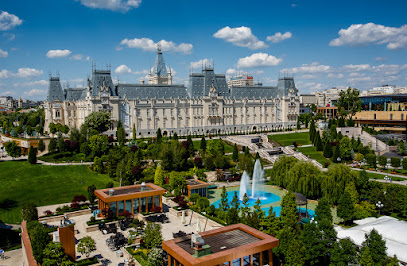
Palace of Culture
Discover the Palace of Culture in Iași, a stunning neo-Gothic landmark featuring museums and cultural events that celebrate Romania's rich history.
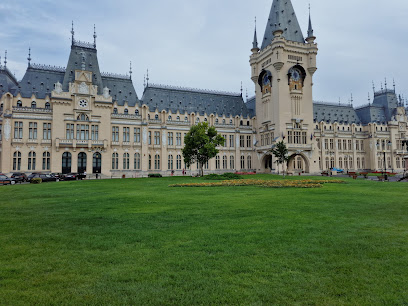
Metropolitan Cathedral Iasi
Discover the magnificent Metropolitan Cathedral of Iași, a historical and spiritual landmark showcasing stunning Romanian architecture and artistry.
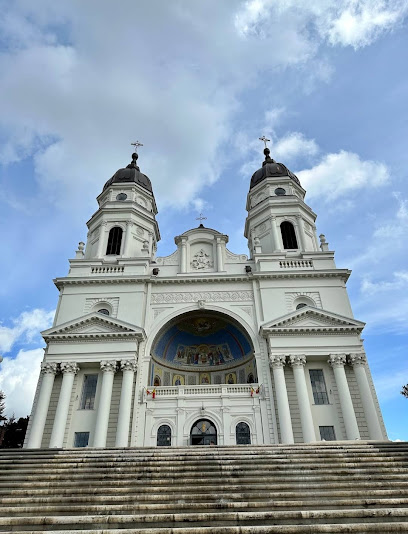
Anastasie Fătu Botanical Garden
Explore the enchanting Anastasie Fătu Botanical Garden in Iași, Romania, where vibrant flora and serene landscapes create a perfect escape for nature lovers.
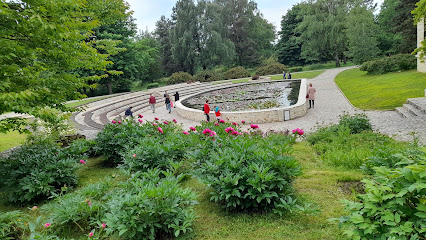
Copou Park
Explore the beauty and cultural heritage of Copou Park in Iași, a serene escape filled with lush landscapes and historical significance.
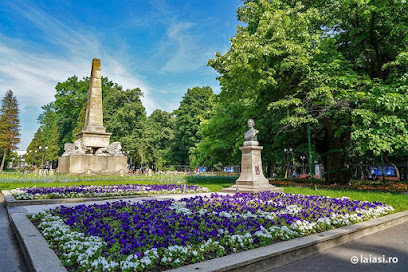
Mănăstirea Sfinții Trei Ierarhi
Discover the architectural beauty and spiritual serenity of Sfinții Trei Ierarhi Monastery in Iași, a must-visit destination for every traveler in Romania.
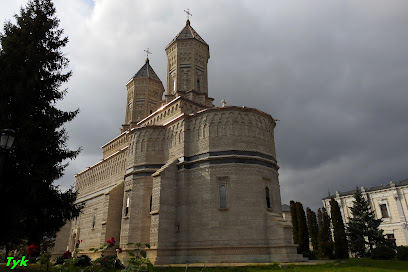
Cetățuia Monastery
Discover the tranquility and rich history of Cetățuia Monastery, an architectural marvel nestled in the heart of Iași, Romania.

Golia Monastery
Explore the rich history and stunning architecture of Golia Monastery, a serene spiritual retreat in the heart of Iași, Romania.
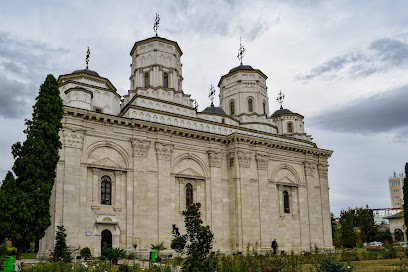
Union Square
Discover the charm of Union Square, a historical landmark in Iași, where culture, architecture, and community come together in a vibrant urban space.
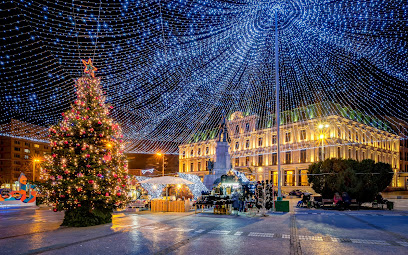
Galata Monastery
Explore the tranquil beauty and rich heritage of Galata Monastery, a serene spiritual haven in Iași, Romania, with stunning architecture and captivating history.
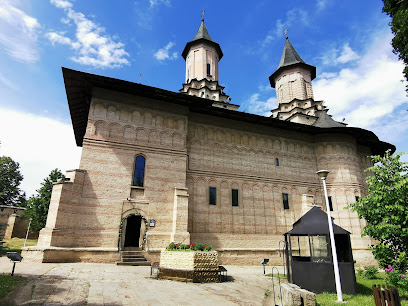
Union Museum - Princiary Residence
Discover the Union Museum in Iași and delve into Romania's unification history through captivating exhibits and stunning architecture.
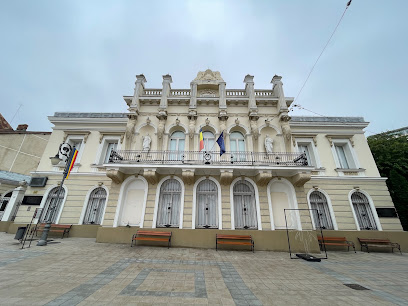
Mihail Sadoveanu Museum
Explore the Mihail Sadoveanu Museum, a literary haven in Iași, dedicated to the life and works of one of Romania's most cherished writers.
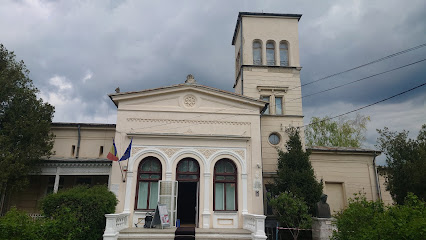
The Equestrian Statue of Stephen the Great
Explore the Equestrian Statue of Stephen the Great in Iași, a stunning tribute to Romanian history and culture, surrounded by scenic gardens and vibrant city life.
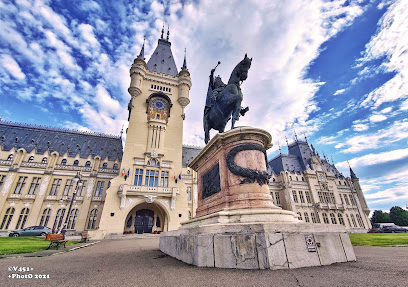
Banu Church
Explore the captivating Banu Church in Iași, a stunning example of Byzantine architecture rich in history and spiritual significance.
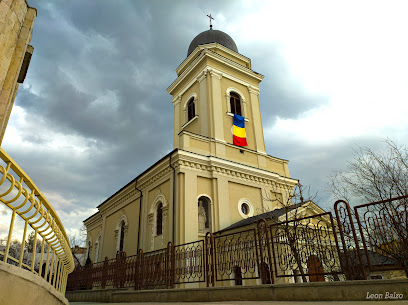
University Museum
Discover the University Museum in Iași, a heritage museum showcasing Romania's rich history through captivating exhibits and educational programs.
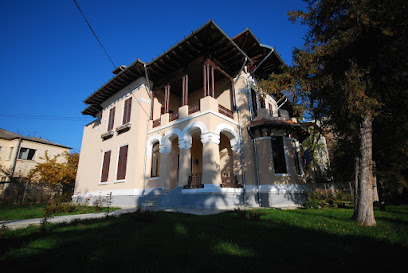
Unmissable attractions to see
Anastasie Fătu Botanical Garden
Explore the oldest botanical garden in Romania, a serene retreat filled with diverse plant species and stunning landscapes in the heart of Iași.
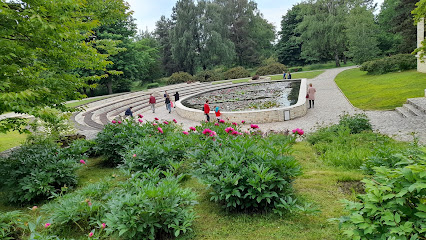
Eminescu's Linden Tree
Experience the charm of Eminescu's Linden Tree, a serene park in Iași that blends nature with the legacy of Romania's beloved poet.
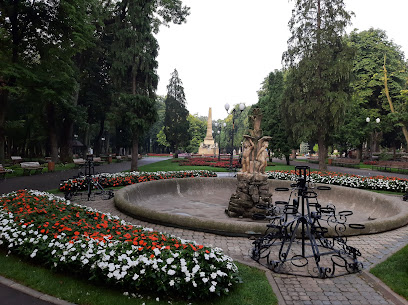
Bojdeuca lui Ion Creangă
Explore the rustic charm of Bojdeuca lui Ion Creangă, a captivating museum dedicated to Romania's beloved storyteller in the heart of Iași.
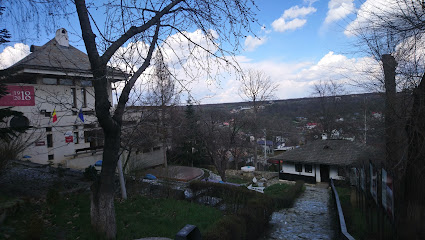
Golia Monastery
Discover the serene beauty and rich history of Golia Monastery, a stunning Orthodox sanctuary in the heart of Iași, Romania.
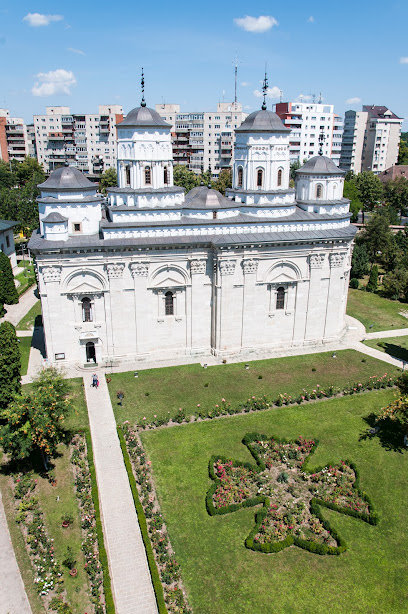
Sabin Bălaşa Frescoes Gallery
Discover the captivating frescoes of Sabin Bălașa at the heart of Alexandru Ioan Cuza University in Iași, Romania, where art and culture intertwine.
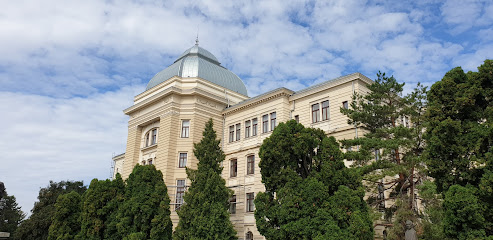
Park Square Voievozilor
Explore the tranquil beauty of Park Square Voievozilor in Iași, where nature meets culture in a vibrant urban setting.
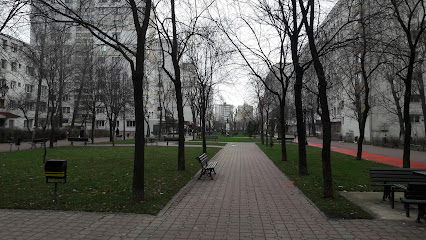
Union Museum - Princiary Residence
Explore the Union Museum in Iași, where history meets culture in a stunning architectural setting showcasing Romania's unification journey.
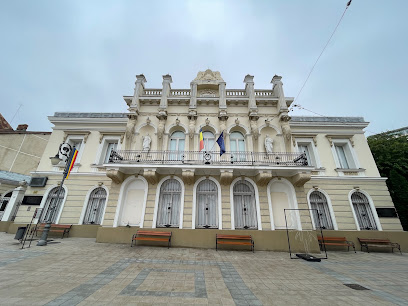
Frumoasa Monastery
Discover the peaceful charm and historical significance of Frumoasa Monastery in Iași, a stunning Orthodox sanctuary amidst beautiful gardens.

Crama Mircesti
Discover the beauty and flavors of Moldova at Crama Mircesti, a premier winery nestled in the serene hills of Mircești, perfect for wine lovers.
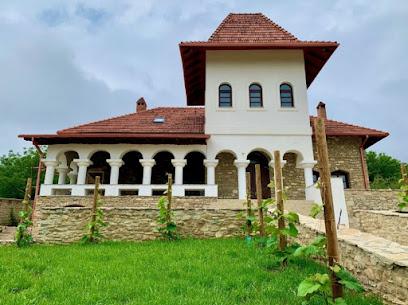
Biserica Sfântul Nicolae Domnesc
Explore the beauty and history of Biserica Sfântul Nicolae Domnesc, a stunning Orthodox church in the heart of Iași, Romania.
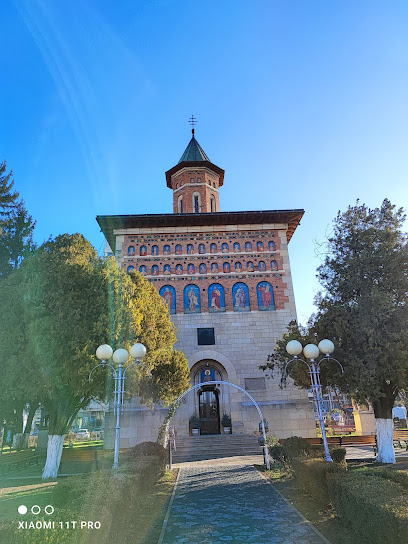
Romanian Literature Museum - Pogor Memorial House
Explore the rich literary heritage of Romania at the Pogor Memorial House, a cultural treasure in Iași showcasing the nation's literary giants.
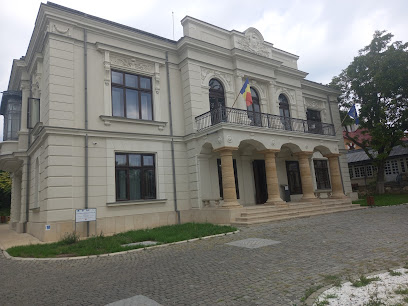
Podu Roș Park (Queen Mary of Romania)
Discover the lush beauty and historical charm of Podu Roș Park, Iași's tranquil escape for nature lovers and urban explorers alike.
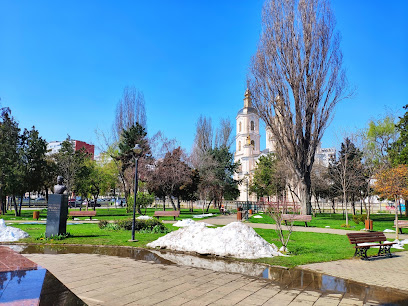
Gheorghe Topirceanu Memorial House
Discover the poetic world of Gheorghe Topirceanu at his memorial house in Iași - a must-visit for literature lovers in Romania.
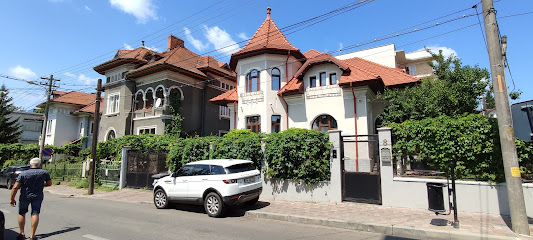
Iasi Metropolitan Museum
Explore the Iasi Metropolitan Museum, a treasure trove of Romanian religious art and culture in the heart of Iasi, Romania.
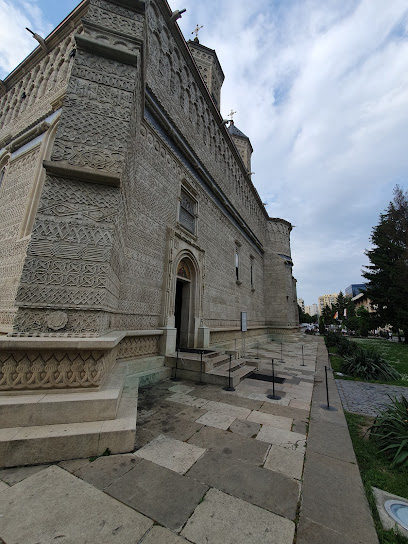
Casa Dosoftei
Discover the rich literary heritage of Romania at Casa Dosoftei, a historical museum in Iași showcasing the life of a legendary scholar.
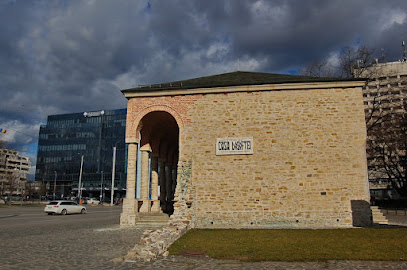
Essential places to dine
Mamma Mia
Discover delicious pizzas and a vibrant atmosphere at Mamma Mia in Iași - a must-visit restaurant for every food lover.
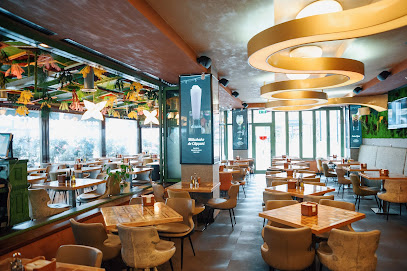
Oscar
Discover Oscar: Where Traditional Romanian Flavors Meet Modern Culinary Artistry in the Heart of Iași.

Fenice Palas Iași
Savor authentic Lebanese cuisine at Fenice Palas Iași – where every dish tells a flavorful story.
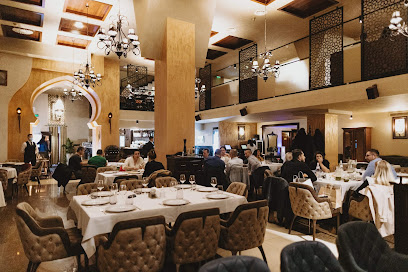
Little Texas
Experience delectable New American cuisine at Little Texas in Iași—perfect for families and unforgettable events in a charming garden setting.
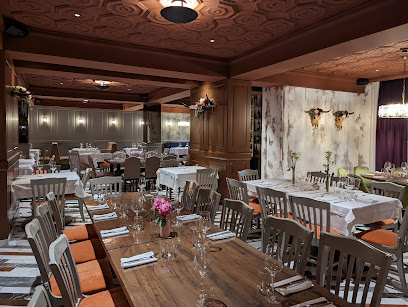
Beraria Veche
Discover authentic Romanian flavors at Beraria Veche, where tradition meets taste in every delicious dish.
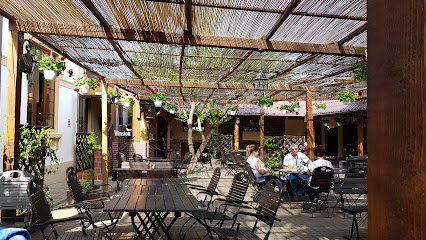
Blue Aqua
Experience exquisite seafood dining at Blue Aqua in Iași – where fresh flavors meet warm hospitality.
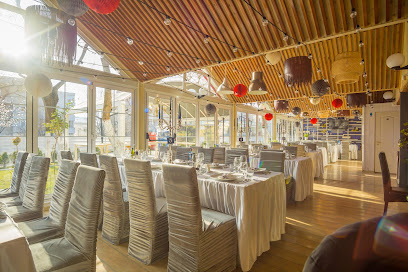
Tiki Bistro
Discover the vibrant flavors of Asia and Mexico at Tiki Bistro in Iași – where culinary creativity meets tradition.

FireRibs
Experience authentic Romanian barbecue at FireRibs in Iași – where smoky flavors and hearty meals come together for an unforgettable dining experience.
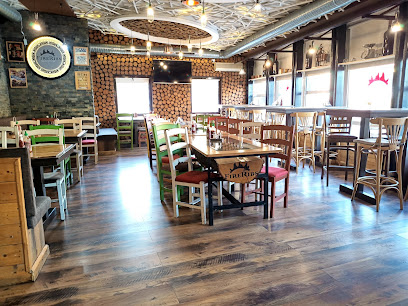
Bistro Felix
Experience authentic Romanian flavors at Bistro Felix in Iași – where tradition meets modern culinary artistry.
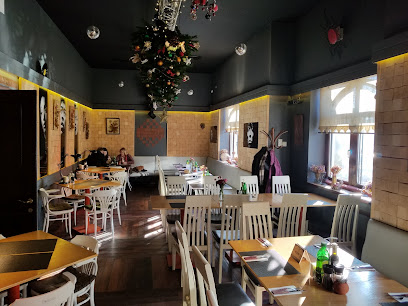
Buena Vista
Discover the perfect family-friendly dining experience at Buena Vista in Iași, where Romanian tradition meets South American flair.
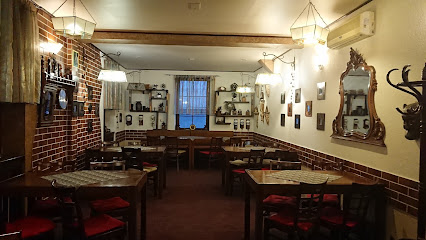
Toujours
Discover the exquisite flavors of Romania at Toujours in Iași - a culinary gem offering delightful dishes and an inviting atmosphere.
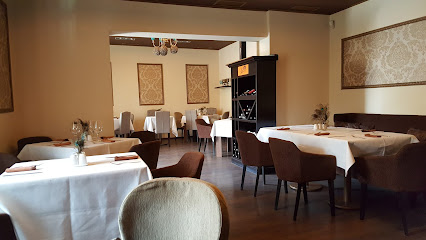
Atelierul de Bere
Discover authentic Romanian flavors at Atelierul de Bere in Iași – where tradition meets taste in a warm and inviting atmosphere.
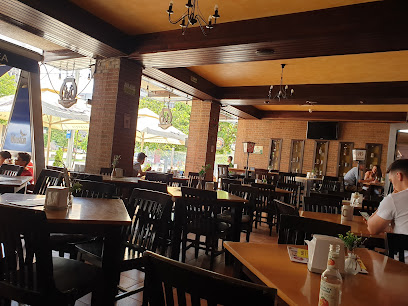
La Conac
Experience authentic Romanian cuisine at La Conac, where tradition meets flavor in the heart of Iași.
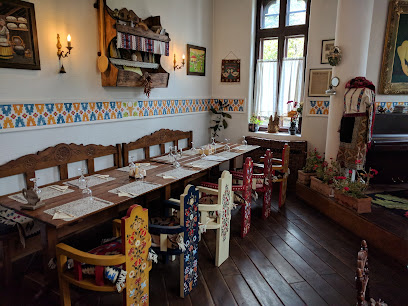
Panoramic
Experience exquisite cuisine and breathtaking views at Panoramic Restaurant in Iași – where every meal becomes a memorable occasion.
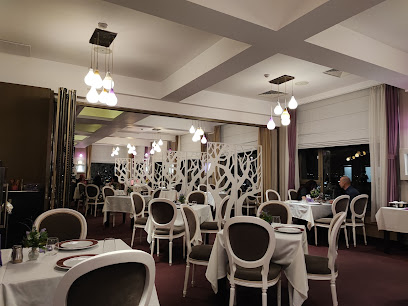
Cârciuma Veche
Experience authentic Romanian cuisine at Cârciuma Veche in Iași – where tradition meets flavor in every dish.
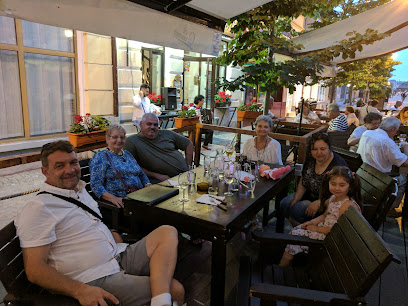
Markets, malls and hidden boutiques
Palas Iasi
Explore Palas Iasi, a vibrant shopping mall in Iași, where shopping meets dining and entertainment in a stunning architectural setting.
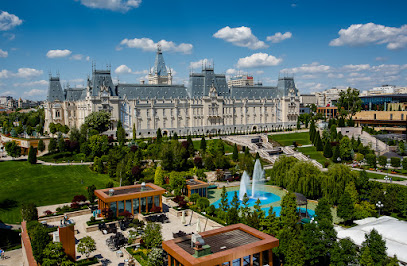
Iulius Mall
Explore Iulius Mall in Iași, Romania – your ultimate shopping and entertainment destination with a stylish ambiance.
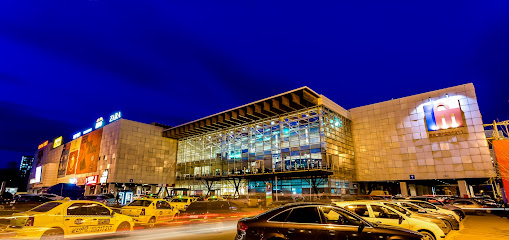
Palace of Culture
Discover the Palace of Culture in Iași, a stunning museum and architectural marvel showcasing Romania's rich history and culture.
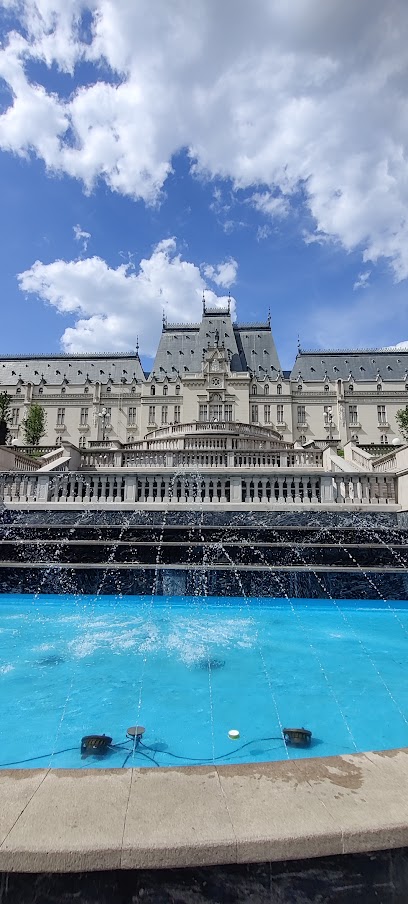
Anastasie Fătu Botanical Garden
Discover the enchanting Anastasie Fătu Botanical Garden in Iași, Romania, a lush haven filled with diverse flora and serene landscapes.
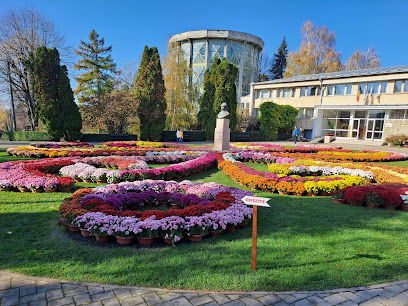
Copou Park
Explore the beauty and history of Copou Park, Iași's green gem, where nature meets culture in a tranquil setting.
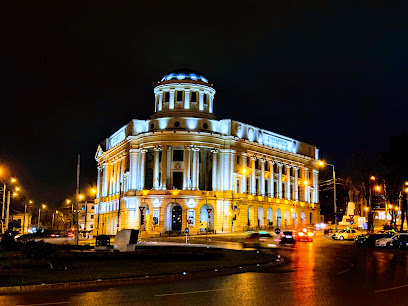
ERA Shopping Park Iași
Experience a shopping haven at ERA Shopping Park Iași, where modern retail meets delightful dining and vibrant entertainment in the heart of Romania.
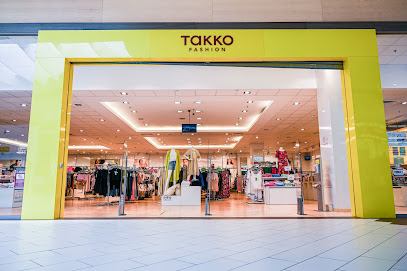
Decathlon
Discover innovative sports gear and apparel at Decathlon Iași, your ultimate destination for all things sports in Romania.

Centrul Comercial eGros
Explore Centrul Comercial eGros in Iași, where shopping meets entertainment in a vibrant atmosphere filled with local flavors and global brands.
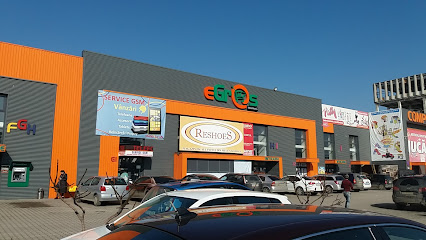
Felicia shopping center
Explore Felicia Shopping Center in Iași for an unforgettable shopping and dining experience, perfect for tourists seeking retail therapy and leisure.
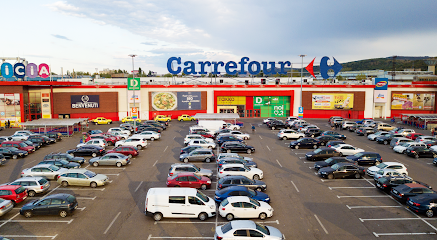
Acaju Cafe
Discover the charm of Acaju Cafe in Iași, where vegetarian delights meet a cozy atmosphere and cultural events.
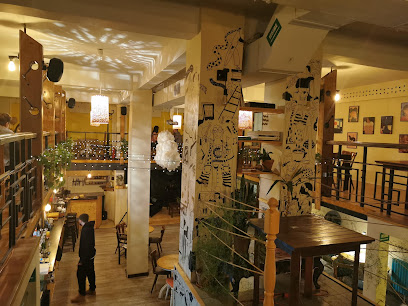
Golia Monastery
Explore the serene beauty of Golia Monastery, a historical Orthodox sanctuary nestled in the heart of Iași, Romania, rich in art and spirituality.
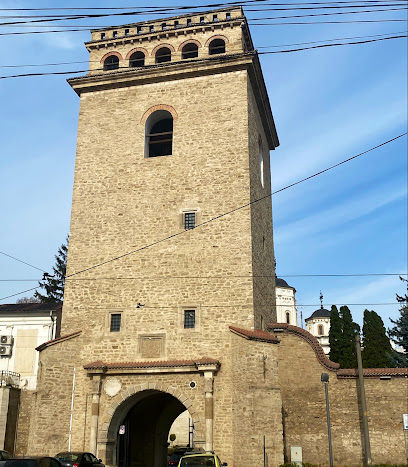
Fika
Discover Fika: A delightful coffee shop and wine bar in Iași’s iconic Piața Unirii, offering a cozy atmosphere and exquisite flavors.
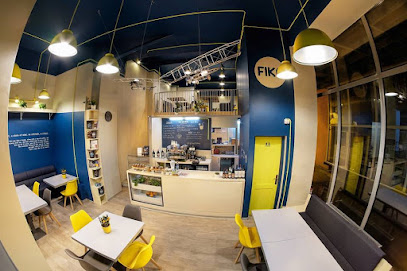
Galata Monastery
Discover the tranquility and rich history of Galata Monastery, a must-visit spiritual landmark in the heart of Iași, Romania.
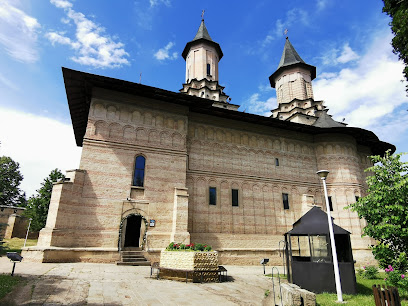
Café La Corniche
Discover the elegance of Café La Corniche in Iași, where exquisite coffee meets a charming atmosphere for an unforgettable experience.
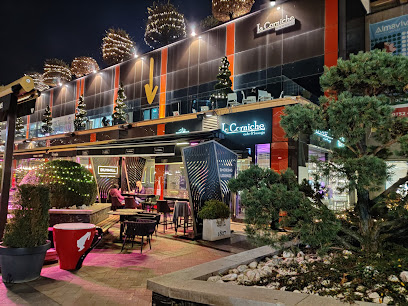
Cafeneaua Noastră
Discover the enchanting Cafeneaua Noastră in Iași, where traditional flavors meet a cozy atmosphere perfect for relaxation and socializing.
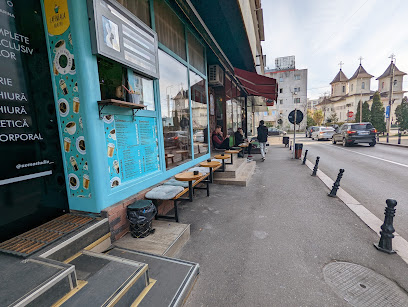
Essential bars & hidden hideouts
Beer Zone
Discover the vibrant craft beer scene at Beer Zone in Iași, offering a delightful selection of brews and delicious food in a lively atmosphere.
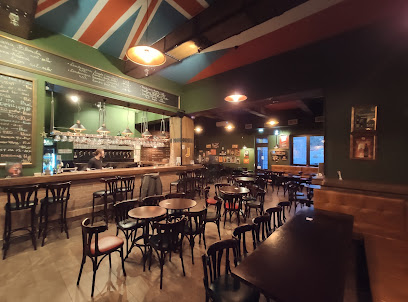
Legend Pub
Discover the lively atmosphere of Legend Pub, a premier destination in Iași for drinks, music, and unforgettable nights.
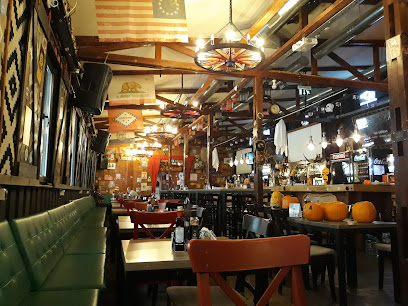
The Trumpets
Discover the lively atmosphere and craft ales at The Trumpets, a beloved pub in Iași that perfectly blends local culture with great food and drinks.
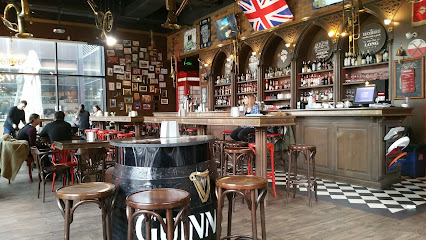
Time Out
Discover the vibrant nightlife of Iași at Time Out, a chic bar offering a unique atmosphere and creative cocktails for an unforgettable experience.
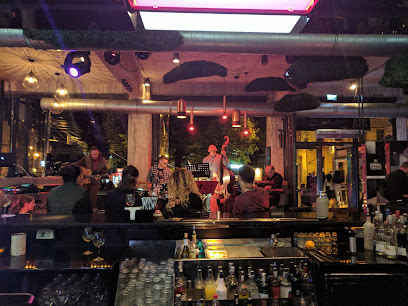
La Bază
Experience the vibrant nightlife at La Bază, an affordable bar perfect for unwinding and enjoying authentic local culture.
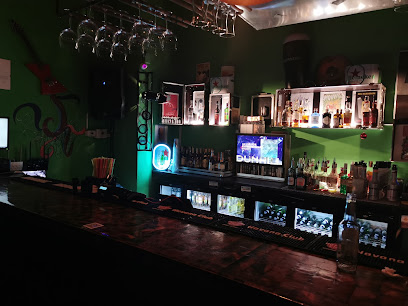
Master Club
Experience Iași's vibrant nightlife at Master Club, where local charm meets modern bar culture in an unforgettable setting.
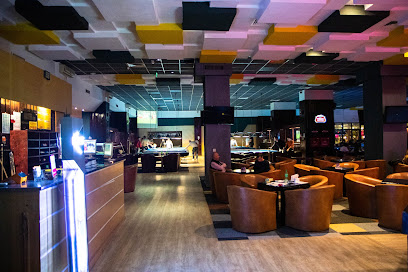
Rock'n'Rolla
Immerse yourself in the lively nightlife at Rock'n'Rolla, a rock-inspired bar in Iași offering a great selection of drinks and entertainment.
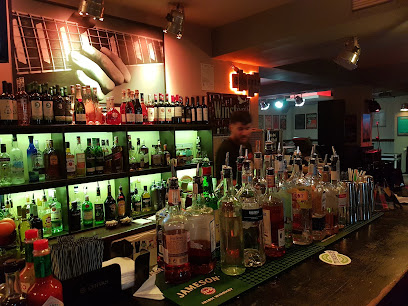
College Bar
Experience the vibrant atmosphere and delicious grill offerings at College Bar, a must-visit spot in Iași for food lovers and social gatherings.

Oxford Pub
Experience the vibrant nightlife of Iași at Oxford Pub, where lively atmosphere and great drinks create unforgettable memories.
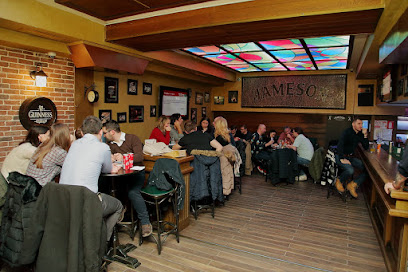
Radio Gaga English Pub
Discover the lively essence of Iași nightlife at Radio Gaga English Pub, where good drinks and great company await.
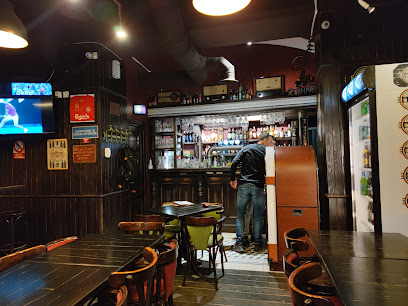
Taverna Music-Pub
Dive into the rhythmic heart of Iași at Taverna Music-Pub, where music, dance, and camaraderie create unforgettable nights.
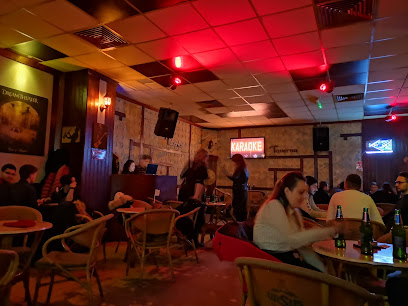
Oddity
Discover the vibrant cocktail culture at Oddity, the go-to bar in Iași for unique drinks and a lively atmosphere.
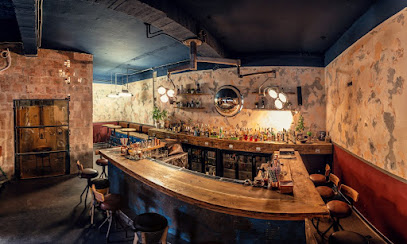
Vinyl Bar
Experience the vibrant nightlife of Iași at Vinyl Bar, where eclectic music, great drinks, and a lively atmosphere await you.

Sofia Sky Lounge
Discover the exquisite flavors and stunning views at Sofia Sky Lounge, Iași's premier gastropub and cocktail bar, perfect for every occasion.
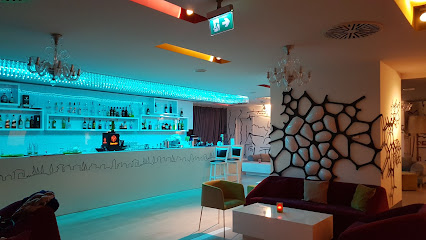
Șotărie - croitoria de shoturi
Discover the vibrant nightlife at Șotărie - Croitoria de Shoturi, where cocktails, disco beats, and unforgettable memories await in Iași.
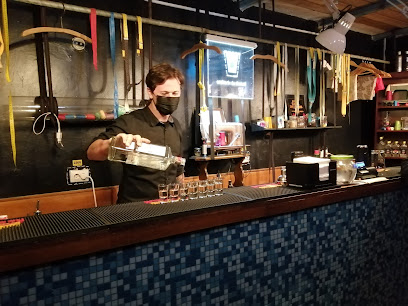
Local Phrases about Iasi surroundings
-
- HelloSalut
[sah-loot] - GoodbyeLa revedere
[lah reh-veh-deh-reh] - YesDa
[dah] - NoNu
[noo] - Please/You're welcomeCu plăcere
[koo pluh-cheh-reh] - Thank youMulțumesc
[mool-tsoo-mesk] - Excuse me/SorryScuzați-mă
[skoo-zah-tzuh-muh] - How are you?Ce faci?
[cheh fahch] - Fine. And you?Bine. Și tu?
[bee-neh. shee too] - Do you speak English?Vorbiți engleză?
[vor-beets eng-leh-zuh] - I don't understandNu înțeleg
[noo uhn-tseh-lehg]
- HelloSalut
-
- I'd like to see the menu, pleaseAș dori să văd meniul, vă rog
[ush doh-ree suh vad meh-nyool, vuh rohg] - I don't eat meatEu nu mănânc carne
[yoo noo muh-nuhnk kahr-neh] - Cheers!Noroc!
[noh-rok] - I would like to pay, pleaseAș dori să plătesc, vă rog
[ush doh-ree suh pluh-tesk, vuh rohg]
- I'd like to see the menu, pleaseAș dori să văd meniul, vă rog
-
- Help!Ajutor!
[ah-yoo-tor] - Go away!Du-te!
[doo-teh] - Call the Police!Sună la poliție!
[soo-nuh lah poh-leet-zee-eh] - Call a doctor!Sună un doctor!
[soo-nuh oon dohk-tohr] - I'm lostM-am pierdut
[mahm pyehr-dooht] - I'm illSunt bolnav
[soont bohl-nahv]
- Help!Ajutor!
-
- I'd like to buy...Aș dori să cumpăr...
[ush doh-ree suh koom-puhr] - I'm just lookingMă uit doar
[muh ooyt doh-ar] - How much is it?Cât costă?
[kaht kohs-tuh] - That's too expensiveEste prea scump
[yeh-steh preh-ah skoomp] - Can you lower the price?Puteți reduce prețul?
[poo-tehtz reh-oo-cheh preh-tzool]
- I'd like to buy...Aș dori să cumpăr...
-
- What time is it?Cât este ceasul?
[kaht yeh-steh chah-sool] - It's one o'clockEste ora unu
[yeh-steh oh-rah ooh-noo] - Half past (10)La jumătate (10)
[lah joo-muh-ta-teh (doh-zehshteh)] - MorningDimineața
[dee-mee-neh-tsa] - AfternoonDupă-amiază
[doo-puh ahm-yah-zuh] - EveningSeara
[seh-ah-rah] - YesterdayIeri
[yeh-ree] - TodayAstăzi
[ah-stuhz] - TomorrowMâine
[muh-yeh-neh] - 1Unu
[oo-noo] - 2Doi
[doy] - 3Trei
[treh-ee] - 4Patru
[paht-roo] - 5Cinci
[cheen-chee] - 6Șase
[shah-seh] - 7Șapte
[shahp-teh] - 8Opt
[ohpt] - 9Nouă
[noo-uh] - 10Zece
[zeh-cheh]
- What time is it?Cât este ceasul?
-
- Where's a/the...?Unde este unul/o...
[oon-deh yeh-steh oon-ool/oh] - What's the address?Care este adresa?
[kah-reh yeh-steh ah-dreh-sah] - Can you show me (on the map)?Puteți să-mi arătați (pe hartă)?
[poo-tehtz suh-mee ah-rah-tsuhts (peh hahr-tuh)] - When's the next (bus)?Când este următorul (autobuz)?
[kahnd yeh-steh oor-muh-toh-rool (ow-toh-booz)] - A ticket (to ....)Un bilet (spre ...)
[oon bee-let (spreh)]
- Where's a/the...?Unde este unul/o...
History of Iasi surroundings
-
Iași, one of the oldest cities in Romania, was first mentioned in a document in 1408, during the reign of Alexandru cel Bun. It served as the capital of the Principality of Moldavia and has a rich history that intertwines with the cultural and political development of the region.
-
The 15th century marked the Golden Age of Moldavia under the rule of Stephen the Great (Ștefan cel Mare). During his reign, Iași flourished as a cultural and religious center, with the construction of many churches and monasteries, including the famous Church of the Three Hierarchs.
-
From the early 18th century until the mid-19th century, Iași was under the rule of Phanariot princes appointed by the Ottoman Empire. This period brought both challenges and advancements, with significant contributions to the cultural and educational landscape, including the establishment of the first Romanian language schools and printing presses.
-
In 1859, the historic Union of Moldavia and Wallachia took place, forming the basis of modern Romania. Iași played a pivotal role in this union, with Alexandru Ioan Cuza being elected as the Prince of both principalities, leading to the eventual unification of the Romanian territories.
-
The late 19th and early 20th centuries saw a cultural renaissance in Iași, with the city becoming a hub for Romanian literature, arts, and education. Eminent figures like Mihai Eminescu and Ion Creangă were associated with Iași, contributing to its reputation as the 'Cultural Capital of Romania.'
-
During World War II, Iași experienced significant turmoil, including the tragic Iași Pogrom of 1941. Post-war, the city and its surroundings came under Soviet influence, leading to industrialization and modernization efforts, which left a lasting impact on the region's socio-economic fabric.
-
Today, Iași is a vibrant city known for its universities, cultural institutions, and historical landmarks. The surrounding areas boast picturesque landscapes, traditional villages, and a blend of historical and contemporary attractions that continue to draw visitors from around the world.
Iasi surroundings Essentials
-
Iasi is located in northeastern Romania. The closest international airport is Iași International Airport (IAS), which is approximately 8 kilometers from the city center. You can reach Iasi by direct flights from major European cities. Additionally, Iasi is well-connected by train and bus services from other Romanian cities like Bucharest, Cluj-Napoca, and Brasov. Driving is another option, with well-maintained roads leading into the region.
-
Iasi and its surroundings offer various transportation options. The local public transport system includes buses and trams, which are both affordable and efficient. Taxis are readily available and relatively inexpensive. For a more flexible option, consider renting a car to explore the countryside at your own pace. Biking is also popular, especially for shorter distances and scenic routes.
-
The official currency in Romania is the Romanian Leu (RON). Credit and debit cards are widely accepted in hotels, restaurants, and larger shops. However, it is advisable to carry some cash for smaller establishments and rural areas. ATMs are plentiful in Iasi, and currency exchange services are available at banks and exchange offices.
-
Iasi is generally a safe destination for tourists. However, like any other city, it is important to stay vigilant. Avoid walking alone at night in poorly lit areas and beware of pickpockets in crowded places. While there are no specific high-crime areas targeting tourists, always be cautious and aware of your surroundings.
-
In case of emergency, dial 112 for immediate assistance. This number connects you to police, fire, and medical services. It is recommended to have travel insurance that covers medical emergencies. Hospitals and clinics in Iasi offer good medical care, and pharmacies are available for over-the-counter medications.
-
Fashion: Do dress modestly, especially when visiting religious sites. Avoid overly revealing clothing. Religion: Do respect local customs and traditions. Cover your head when entering churches and monasteries. Public Transport: Do offer your seat to elderly passengers. Don’t eat or drink on public transport. Greetings: Do greet people with a handshake. A slight nod of the head is also a sign of respect. Eating & Drinking: Do try local dishes and accept food and drink offerings graciously. Don’t refuse hospitality as it is considered impolite.
-
To experience Iasi like a local, visit the local markets such as Piața Nicolina, where you can buy fresh produce and traditional Romanian goods. Engage with locals; they are often friendly and willing to share stories about the region’s history and culture. Don’t miss the Palace of Culture, a significant landmark, and Copou Park for a relaxing stroll. For a unique experience, visit the wine cellars in the Cotnari area, renowned for producing some of Romania’s best wines.
Trending Landmarks in Iasi surroundings
-
Palas Iasi
-
Palace of Culture
-
Metropolitan Cathedral Iasi
-
Anastasie Fătu Botanical Garden
-
Copou Park
-
Mănăstirea Sfinții Trei Ierarhi
-
Cetățuia Monastery
-
Golia Monastery
-
Union Square
-
Galata Monastery
-
Union Museum - Princiary Residence
-
Mihail Sadoveanu Museum
-
The Equestrian Statue of Stephen the Great
-
Banu Church
-
University Museum
Nearby Cities to Iasi surroundings
-
Things To Do in Orhei
-
Things To Do in Chișinău
-
Things To Do in Suceava
-
Things To Do in Tiraspol
-
Things To Do in Focsani
-
Things To Do in Chernivtsi
-
Things To Do in Brasov
-
Things To Do in Sighisoara
-
Things To Do in Vinnytsia
-
Things To Do in Khmelnytskyi
-
Things To Do in Ivano-Frankivsk
-
Things To Do in Ternopil
-
Things To Do in Cluj-Napoca
-
Things To Do in Baia Mare
-
Things To Do in Bucharest












